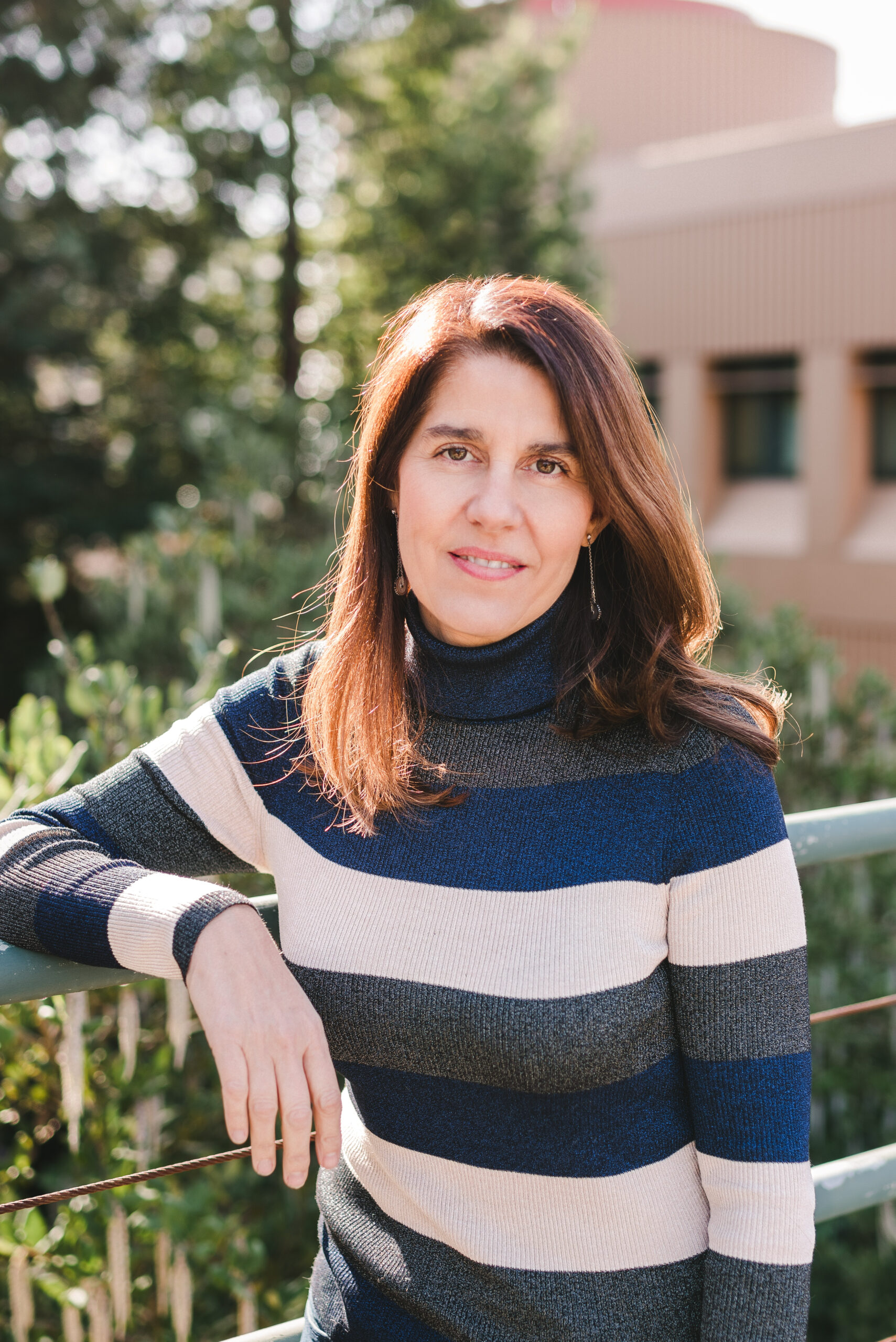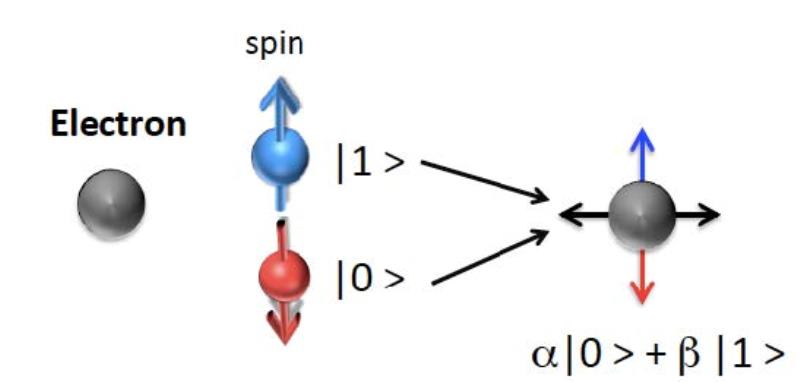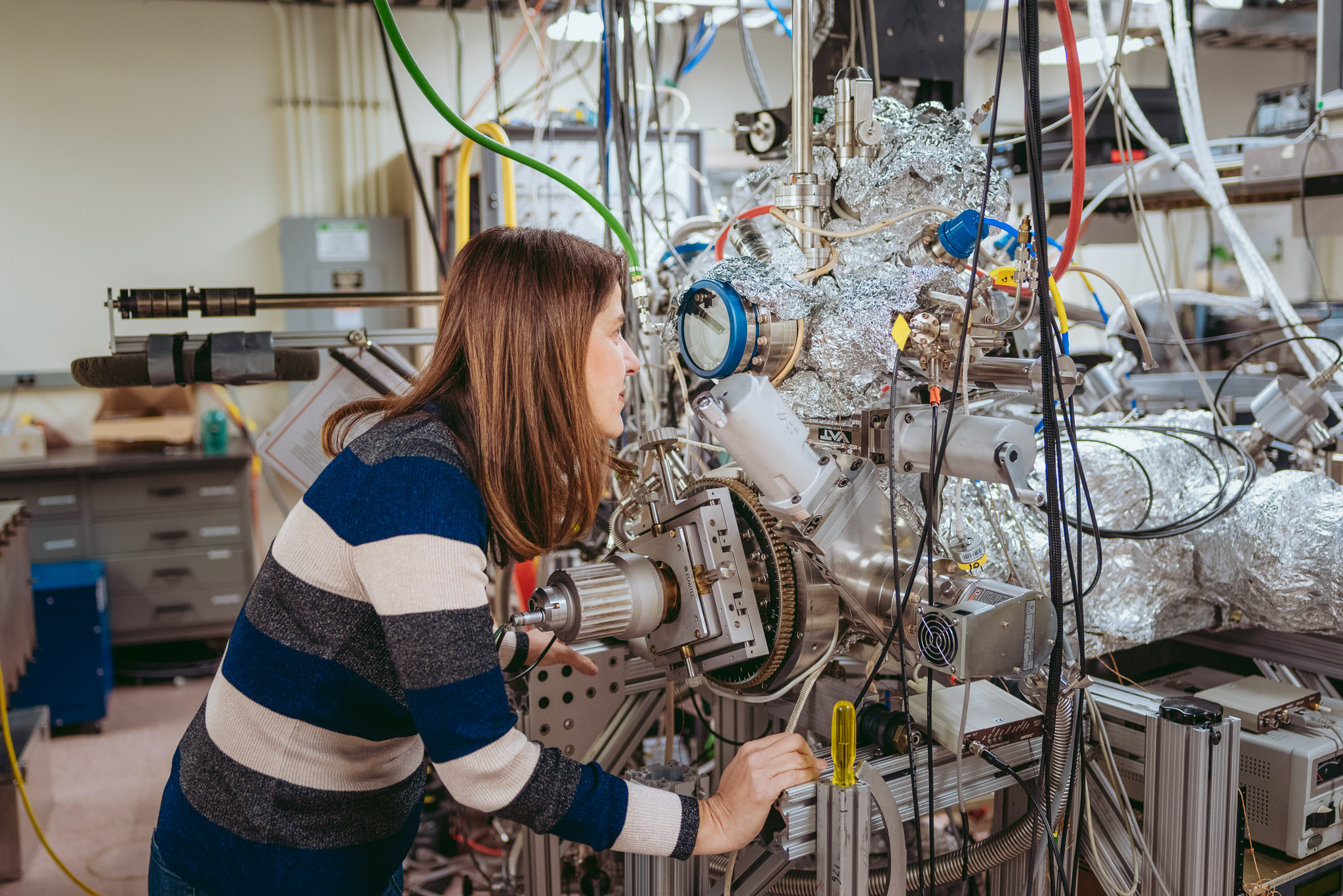
Alessandra Lanzara
PhysicsAlessandra Lanzara is a Professor in the Department of Physics.
Alessandra Lanzara was a 2023 Bakar Prize Recipient.
Project Description
A New Quantum Detection Tool for Quantum Information Science
There is a worldwide race to build quantum computers that will allow for complex and currently impossible calculations, such as in cryptography and protein modeling. The science that will underpin this revolution in computing is an understanding of how to build a quantum bit, or “qubit,” the basic unit of information in a quantum computer. The spin, an intrinsic property of all elementary particles, i.e. the quantum-mechanical counterpart of the classical angular momentum, is viewed as one of the leading candidates for realization of qubits. Scientists will need new tools to access and control the spin quantum number, especially in those materials such as superconductors and topological insulators that hold great promise for realizing qubits. Alessandra Lanzara’s research group has developed a one-of-a-kind tool, the spin-Time of Flight (spin-TOF), which allows mapping and manipulation of the spin-property of materials and is 1000-fold more efficient than any other existing tool. Her Bakar Fellows Spark Award will enable her to commercialize the spin-TOF to researchers in the quantum materials/computing field while, in parallel, undertaking research and development of the next generation tool for industry applications.
Alessandra Lanzara’s Story

Quantum computing promises to revolutionize data storage and processing by harnessing an intrinsic quantum property called “spin,” in which magnetized electrons are assigned a directional state of either “up” or “down.” Whereas today’s computing uses electron charge to encode bits of information as either a one or a zero, utilizing spin enables information to be encoded in “qubits” as zero, one, or both at the same time. Qubits can perform multiple operations simultaneously at blinding speeds so long as a state of stability known as “coherence” is maintained.
Today’s qubits lose coherence in such a short period of time they’re too unreliable. Overcoming this handicap requires exotic new materials, such as novel superconductors (materials that conduct electrical currents with no resistance) and topological insulators (materials that conduct electricity on the surface but not within their bulk interior), as well as new methods for fabricating qubits. This will require technologies by which scientists can detect and measure the electronic and magnetic properties of materials that arise from spin.
The workhorse for studying the electronic properties of materials has long been a technique called “ARPES” (Angle-Resolved Photo-Emission Spectroscopy), in which a beam of photons striking a material’s surface causes the ejection of electrons whose kinetic energy and emission angles can be measured. Bakar Fellow Alessandra Lanzara, a professor in the Physics Department, has been at the forefront of expanding the capabilities of ARPES to directly detect electron spin. She and her team have now developed a detection system that combines electron spin analysis, which is achieved through the measurement of electrons scattered from a magnetic surface, with electron energy analysis that is based on time-of-flight (TOF). This new system, which they call “spin-TOF,” enables a material’s spin-dependent electronic and magnetic properties to be studied with a thousand times more sensitivity than any previous technology.
Q: What information does spin-TOF provide that other ARPES-based technologies do not?
A: Thanks to its unprecedented sensitivity to spin-dependent properties, one unique aspect of spin-TOF technology is the access it provides to the time domain. This allows us, among other advantages, to observe what is happening to electron spin so we can study decay processes and diagnose why qubits die prematurely.

Q: Are there other potential applications for spin-TOF in addition to quantum computing?
A: Perhaps the most immediate application of spin-TOF is in the development of MRAM (Magnetoresistive Random Access Memory) devices, where electron spin is used to store information. MRAM can store greater amounts of data that can be accessed much faster while consuming less power than electronic memory. Plus MRAM is nonvolatile, meaning it retains saved data even if the power is turned off. Although mRAM technology has been under development for decades, it is far from reaching its potential. The combined spatial, time and momentum sensitivity that spin-TOF provides can be used to identify and help correct the sources of errors in MRAM devices.
Q: You’ve said you will use your Bakar Spark Fund to develop the “next phase of the spin-TOF.” What is the next phase of spin-TOF?
A: Our goal is to make spin-TOF technology less expensive and to scale it up for manufacturing applications. We’re redesigning the TOF section of the analyzer by replacing the two sections of the previous scheme with a single section that integrates the spin analysis target. We’ve also completed calculations for the design and engineering parameters of the lens column that are fundamental to achieving high energy and momentum resolution. The current spin-TOF instrument does not provide spatial resolution but the next instrument will.
Q: What is the status of your technology today and has it been used by others beyond your laboratory?

A: After the success of our first spin-TOF instruments, one of my colleagues, Dr. Zahid Hussain, the co-inventor of the technology, was approached by the U.S. Department of Energy to develop a similar spin-TOF instrument at Stanford. It was deployed last year and is now fully operational. In addition, we are currently under discussion with IBM for the integration of our spin-TOF technology to their MRAM research line.
Q: You and your colleagues have launched a start-up company to help commercialize spin-TOF. What can you tell us about it?
A: Our start-up company is called QuAD (Quantum Advanced Detection). I’m the Scientific lead; Zahid Hussain serves as the Technical lead; Nord Andresen as the Engineering lead; and Yoav Banin is the Business lead. The idea is to market spin-TOF as a tool for advancing scientific understanding of quantum materials and for providing rapid feedback to industry spin-based devices. By developing a user-friendly package that includes the spin-TOF detector, a laser, and other associated tools, QuAD will facilitate research by scientists whose expertise does not include such techniques but whose advancement of work relies upon direct access to spin quantum numbers.